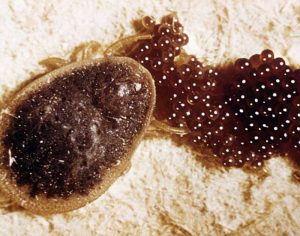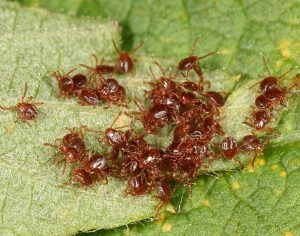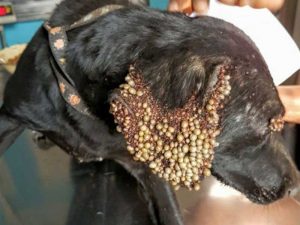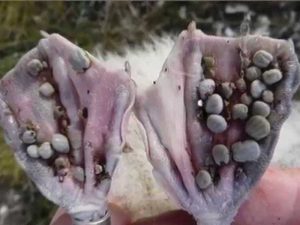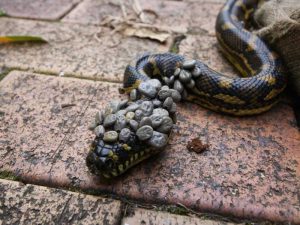Tick Control
Tick control requires a specialized treatment. Ticks have 4 stages of life and have a large amount of offspring. Ticks also vary in color by species. Adult ticks can be smaller than a sunflower seed, while tick larvae can be less than 1 mm. Ticks are often found near wooded and highly vegetated areas. Many species need moisture to survive. Females and males of many species feed on the blood of mammals, birds and reptiles. Each tick species has a preferred host, most ticks will feed on whatever blood is available to them. Thus, ticks are known to bite deer, humans, dogs and cats.
Ticks have a 4 stage lifecycle – egg, larval, nymphal and adult. Ticks will have only six legs during their larval stage and eight legs during their nymphal and adult stages. They consume blood meals during all stages.
Signs of a Ticks / Tick Infestation
The biggest sign of a tick infestation will be seeing the ticks themselves. Secondary signs can include medical symptoms from diseases or fluids transmitted by ticks. These can vary and are best left to a medical professional for diagnosis.
Tick Prevention and Control
Ticks will seek safety throughout hidden locations within your home. Repairing any crevices or gaps in your home and keeping grass short outside may help prevent infestations.
If you find ticks on pets or people it require cautious and thorough removal. Ticks should be grasped behind the head with tweezers and pulled slowly away from the host’s skin. If you crush the tick it may lead to the release of further dangerous fluids. It is important that the mouthparts be completely removed from the skin, as well. Make sure to wash and disinfect the Infected areas. If there are medical concerns resulting from a tick or flea bite, seek medical attention immediately.
If you suspect a tick infestation one of our expert pest control technicians will come inspect your home and formulate a treatment plan.

